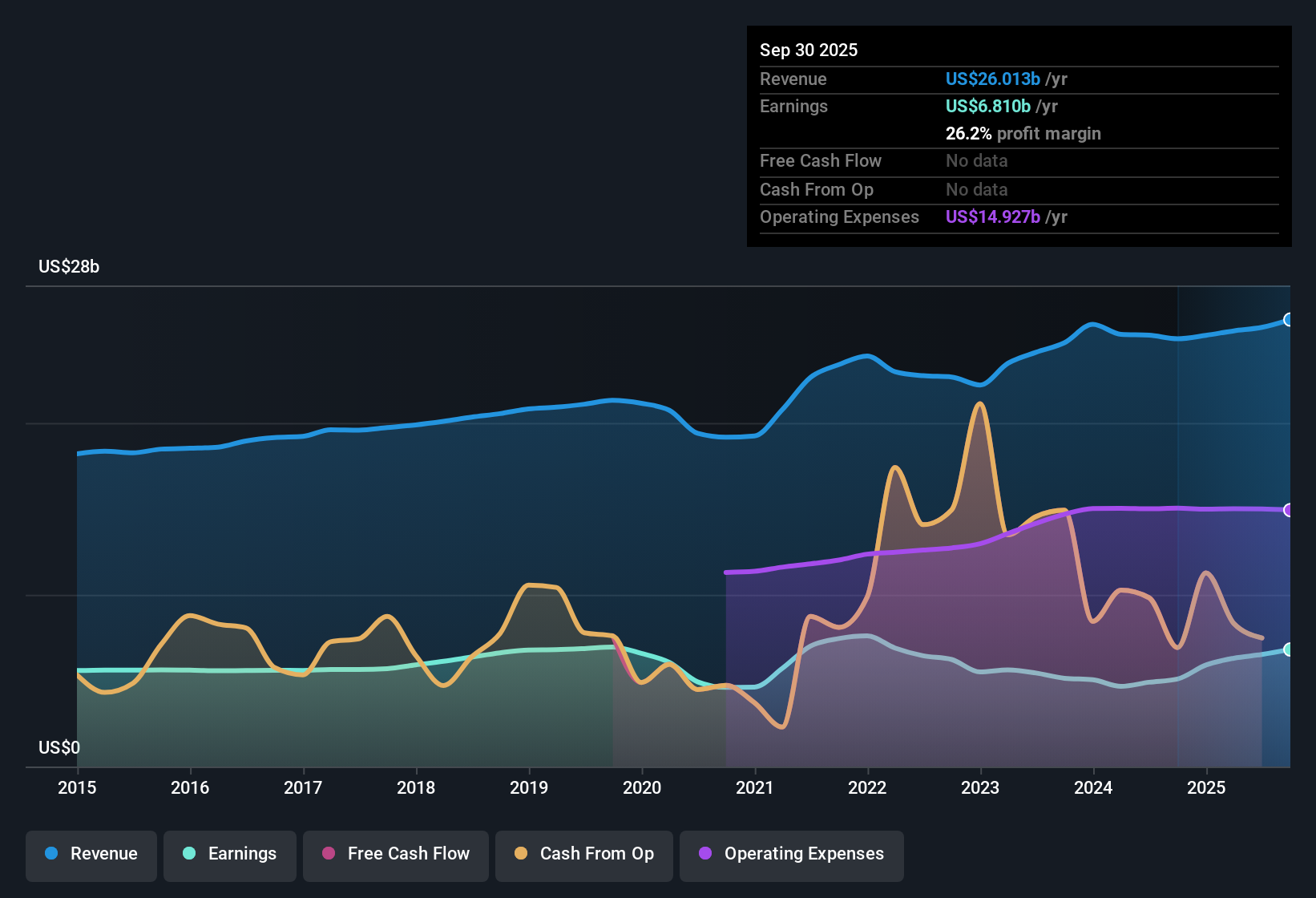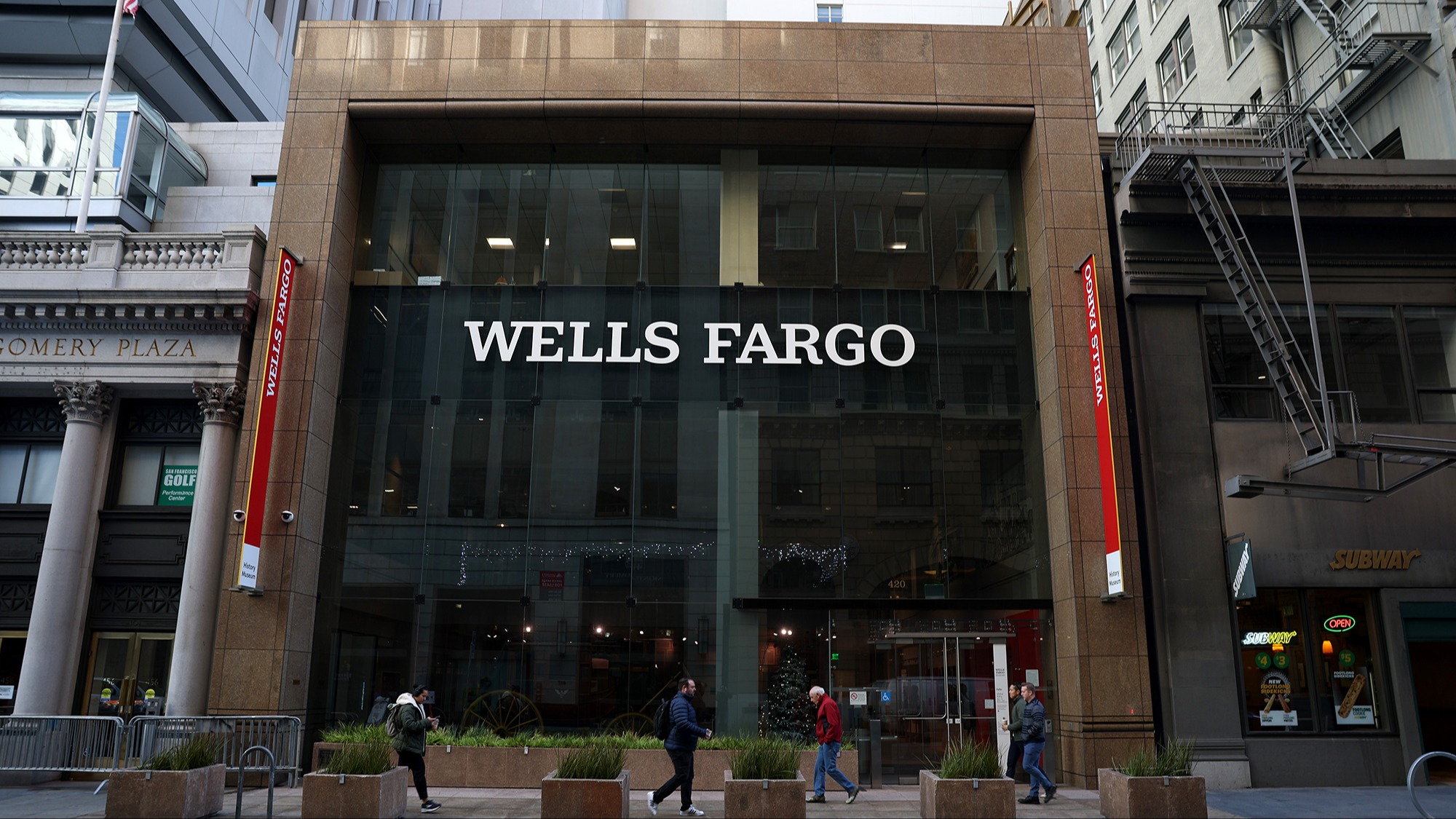The Federal Reserve’s dovish pivot in August 2025 has reshaped the investment landscape for regional banks, creating both opportunities and challenges for institutions like PNC Financial Services Group (PNC), Truist Financial (TFC), and U.S. Bancorp (USB). With inflationary pressures easing and the prospect of rate cuts on the horizon, these banks are navigating a complex interplay of valuation dynamics, earnings resilience, and long-term strategic positioning. This analysis evaluates their performance through the lens of the Fed’s evolving policy stance and offers insights for investors seeking to capitalize on the regional banking sector’s potential rebound.
Valuation Metrics: P/E Ratios and ROE Trends
Valuation metrics remain a critical barometer for assessing the attractiveness of regional banks. As of July 2025, PNC trades at a price-to-earnings (P/E) ratio of 13.83, slightly above its 10-year historical average of 12.2. This premium reflects investor confidence in PNC’s diversified revenue streams, including robust fee income and disciplined cost management. In contrast, Truist and U.S. Bancorp present a mixed picture. Truist’s ROE has surged to 8.06% (TTM) as of August 2025, a 300% improvement from its four-quarter average of 2.02%, driven by loan growth and digital transformation. However, conflicting data points—such as a Q2 2025 ROE of 7.55%—highlight the need for caution in interpreting short-term metrics. U.S. Bancorp, meanwhile, maintains a healthier ROE of 11.64%, supported by its strong capital position and efficient operations, despite a P/E ratio of 11.04, which is below its peers.
Earnings Resilience: Navigating Interest Rate Risk
The Fed’s dovish pivot has alleviated concerns about prolonged high rates, but regional banks must still manage interest rate risk effectively. PNC has demonstrated resilience, with a net interest margin (NIM) of 2.80% in Q2 2025, up 2 basis points from the prior quarter. Its loan growth of 2% and stable credit quality (net charge-offs at 0.25%) underscore its ability to generate consistent earnings. Truist, however, faces headwinds despite a 3.3% increase in end-of-period loans. Its NIM of 3.02% is marginally higher than PNC’s but remains vulnerable to rate cuts, which could compress margins. U.S. Bancorp’s earnings resilience is less visible in Q2 2025, with revenue growth of just 2% and a miss on net interest income estimates. Yet, its CET1 capital ratio of 11.0% (implied) provides a buffer against volatility.
The Fed’s anticipated rate cuts—projected at two 25-basis-point reductions by year-end—will likely benefit banks with strong loan portfolios and diversified fee income. PNC’s 7% growth in noninterest income and Truist’s 17% year-over-year increase in digital account production position them to offset margin pressures. U.S. Bancorp, however, must accelerate its digital initiatives to match its peers’ pace.
Long-Term Positioning: Strategic Adaptability and Policy Uncertainty
The Fed’s dovish pivot is not a panacea. Tariff-related inflation risks and geopolitical tensions remain unresolved, creating a backdrop of uncertainty. PNC stands out for its proactive approach to stress testing and capital returns, having returned $1 billion to shareholders in Q2 2025. Its CET1 ratio of 10.5% and a Stress Capital Buffer (SCB) of 2.5% (regulatory minimum) suggest a balanced approach to risk management. Truist‘s strategic focus on digital engagement and new client acquisition is promising, but its recent earnings shortfall and stock price drop (8.8% post-Q2 report) indicate unresolved operational challenges. U.S. Bancorp‘s long-term positioning is bolstered by its regional footprint and 31% total return over five years, but its Q2 performance highlights the need for stronger earnings momentum.
Investment Implications
For investors, the key takeaway is that the Fed’s dovish pivot creates a favorable environment for regional banks with strong capital positions and diversified revenue streams. PNC emerges as the most compelling long-term play, with a resilient earnings model, disciplined cost structure, and robust shareholder returns. Truist offers growth potential but requires closer scrutiny of its earnings execution and digital transformation progress. U.S. Bancorp‘s lower valuation and higher ROE make it an attractive value play, though its recent earnings weakness warrants caution.
In a market where the S&P 500 trades at 22x forward earnings, regional banks like PNC and U.S. Bancorp are relatively undervalued, offering a compelling risk-reward profile. As the Fed’s policy path becomes clearer in the coming months, investors should monitor loan growth, capital deployment, and digital innovation as key drivers of outperformance.
Conclusion
The Fed’s dovish pivot has reignited interest in regional banks, but success hinges on each institution’s ability to adapt to shifting macroeconomic conditions. PNC’s disciplined approach, Truist’s digital momentum, and U.S. Bancorp’s capital efficiency each present unique opportunities. For investors, the path forward lies in balancing valuation metrics with strategic execution, ensuring that today’s policy-driven optimism translates into sustainable long-term gains.
Source: ainvest.com







